The University of Chicago Press, Chicago 60637
The University of Chicago Press, Ltd., London
2018 by The University of Chicago
All rights reserved. No part of this book may be used or reproduced in any manner whatsoever without written permission, except in the case of brief quotations in critical articles and reviews. For more information, contact the University of Chicago Press, 1427 E. 60th St., Chicago, IL 60637.
Published 2018
Printed in the United States of America
27 26 25 24 23 22 21 20 19 18 1 2 3 4 5
ISBN -13: 978-0-226-51238-9 (cloth)
ISBN -13: 978-0-226-51241-9 (paper)
ISBN -13: 978-0-226-51255-6 (e-book)
DOI : 10.7208/chicago/[9780226512556].001.0001
Library of Congress Cataloging-in-Publication Data
Names: Gallagher, Catherine, author.
Title: Telling it like it wasnt : the counterfactual imagination in history and fiction / Catherine Gallagher.
Description: Chicago : The University of Chicago Press, 2018. | Includes bibliographical references and index.
Identifiers: LCCN 2017021803| ISBN 9780226512389 (cloth : alk. paper) | ISBN 9780226512419 (pbk. : alk. paper) | ISBN 9780226512556 (e-book)
Subjects: LCSH : Imaginary historiesHistory. | Alternative histories (Fiction)History and criticism. | Counterfactuals (Logic)
Classification: LCC D 16.118 . G 35 2018 | DDC 809/.93358dc23 LC record available at https://lccn.loc.gov/2017021803

This paper meets the requirements of ANSI / NISO Z 39.481992 (Permanence of Paper).
Late in the last century, a certain kind of historical speculation took root in a surprisingly diverse set of venues. Across disciplines, in legal and policy debates, as well as in popular forms of entertainment, Americans seized on past moments of historical indeterminacy and imagined possible but unrealized alternative consequences that might have resulted. We give the general name counterfactual history to such thought experiments. Its well known that this mode of conjecture has been around for centuries, but the profusion of guises it has taken over the last several decades is unprecedented. The 1970s were a starting point for several simultaneous developments: historians began serious debates about new counterfactual methodologies and courts employed counterfactuals to assess remedies for historical wrongs suffered by large groups of people. Soon after, high-school teachers began using classroom computer software that allowed students to vary the outcomes of WWII battles so that they could better understand the options of the historical combatants, and multiplayer gamers also began repeatedly fighting and revising past wars.
In popular culture, too, the presence of counterfactual history steadily increased. Writers in the civil rights era imagined that under revised circumstances there might have been independent nations of African Americans and Native Americans; science fiction (informed by popular science primers on the physics of time) explored the backward time-travel paradoxes involved in attempting to make such changes in history by intervening at crucial junctures. In the 1980s and 1990s, television shows and movies featured these themes, acquainting viewers with various alternate-history scenarios. On the literary side, the counterfactual-history mode spread from science-fiction genres (where it had existed since the 1950s) to the mainstream novel in the first decade of this century. As a result, the counterfactual imagination has become a familiar feature of our culture, and the forms of its propagation continue to proliferate.
This study explores why and how we conduct these counterfactual thought experiments. When, it asks, did this mode of speculation start and what forms has it taken in previous centuries and in our own? What uses does it have, and what contexts stimulate its growth? These are the questions I will address in the coming chapters, but a few preliminary issues need to be clarified here. First, what, exactly, does the term counterfactual-historical mode mean? When I first started talking about the phenomenon, I found that the phrase implied many kinds of works I had not expected: histories that are simply fictional or even mendacious; secret histories that purport to explain the hidden private stories behind the official explanations of historical events; counterhistories stressing the forgotten struggles or viewpoints of those outside of the mainstream; or imaginary histories that are counterfactual in the sense that they envision states of the world, usually utopias and dystopias, that might be, but have not yet been, realized.
Several of these forms might come close to the mode under consideration here, but they lack what I take to be the definitive characteristic: that the discourse, whether analytical or narrative, be premised on a counterfactual-historical hypothesis, which I define as an explicit or implicit past-tense, hypothetical, conditional conjecture pursued when the antecedent condition is known to be contrary to fact. For example, this sentenceIf John F. Kennedy had not been assassinated in 1963 and had lived to be a two-term president, the war in Vietnam would have been over by 1968is a historical counterfactual. The antecedent condition (the if clause) is overtly contrary to the normally uncontroversial fact of John F. Kennedys 1963 assassination; nevertheless, the hypothesis ventures a probable consequence of the assassinations nonexistence. The sentence is not attempting to call the assassination into question or to imply that we should look into it more deeply; it is simply asserting that but for the assassination, history would likely have taken a different path. Insisting on this definition of historical counterfactual at the outset should not only clarify the topic but also emphasize that the works under discussion are hinged onto the actual historical record, usually at a juncture that is widely recognized to have been both crucial and underdetermined.
This definition clarifies the mode of historical speculation that will be examined here, but it leaves open the question of which expressions of the mode should be included. It ranges across so many media and genres that I could not possibly include them all. I have devoted most of this study to works in the long-lived medium of print and given preference to those appearing in the format of the book, since these seem to reveal the most about the history of the mode. The texts examined here fall into three broad categories. The first, which Ive placed under the simple heading of counterfactual histories, contains a heterogeneous assortment of analytical works prominently featuring counterfactual speculations. These are often histories of wars, economic crises, or assassinations in which sudden, unexpected changes in the status quo occur, but under this category I have also included shorter pieces: essays, newspaper articles, and historical conjectures in theological or philosophical texts, as well as in legal arguments and opinions. The common denominators in this lot, besides their counterfactual-historical hypotheses, are their generally analytical rather than narrative quality and their tendency to indicate multiple possibilities that went unrealized rather than to trace out single historical alternative trajectories in detail.


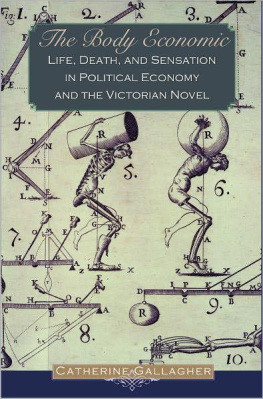
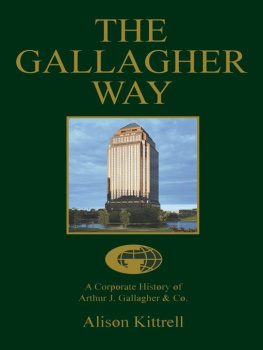
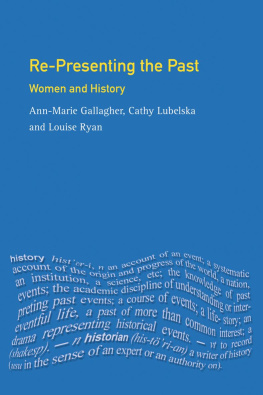

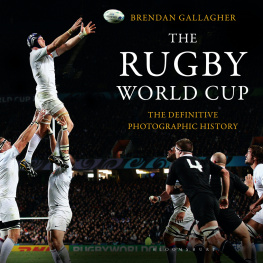
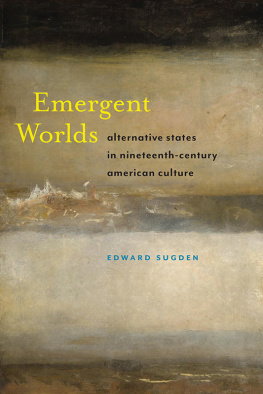
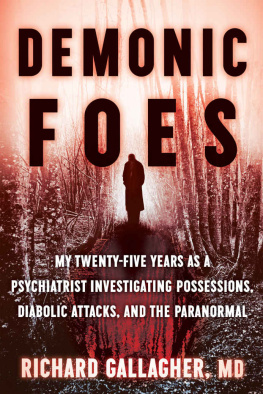
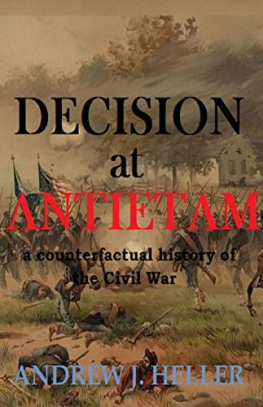
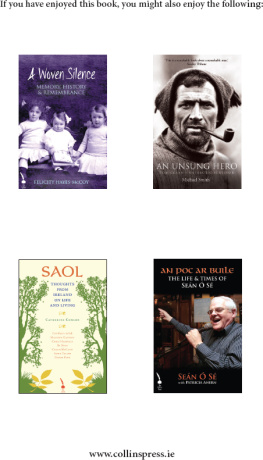
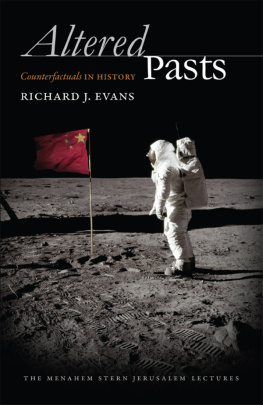

 This paper meets the requirements of ANSI / NISO Z 39.481992 (Permanence of Paper).
This paper meets the requirements of ANSI / NISO Z 39.481992 (Permanence of Paper).